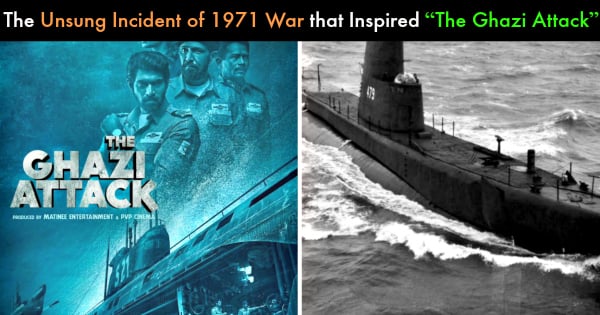The Ghazi Attack is released in Indian theatres on 17th February. The movie is inspired by the incidents relating to Indian navy’s action against Pakistan’s largest submarine, PNS Ghazi.
PNS Ghazi, was tasked to destroy INS Vikrant, but in turn, it was damaged and sunk off the east coast of India somewhere between the 3rd and 9th of December 1971.
Here is how the story unfolded:
By the end of 1971, the conflict between India and Pakistan intensified. East Pakistan (now Bangladesh) and West Pakistan were on far ends from each other, sandwiched between India. West Pakistan could not access East Pakistan via India through land or air. The only option was to provide supplies to its military on the east via waters – crossing the Arabian Sea, Indian Ocean and Bay of Bengal.
Earlier that year, Indian Navy’s INS Vikrant had effectively created a Naval blockade which completely isolated East-Pakistan in the Bay of Bengal.
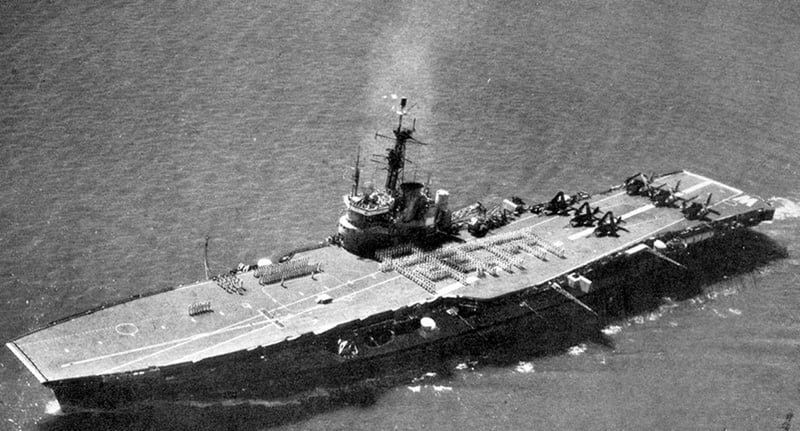
The Pakistani Navy was thus under pressure from the government to deploy the ageing PNS Ghazi from Karachi port. PNS Ghazi was the only long range submarine to be able to carry out operations so far in the Bay of Bengal area.
PNS Ghazi was a WWII submarine of the US Navy (called USS Diablo). Due to lack of technology, USS Diablo was loaned to Pakistan. In 1964, USS Diablo was formally inducted into Pakistan Navy and was rechristened as PNS Ghazi to become Pakistan’s first-ever submarine. It participated in the 1965 Indo-Pak war and further enhanced its inventory and immunity since then.
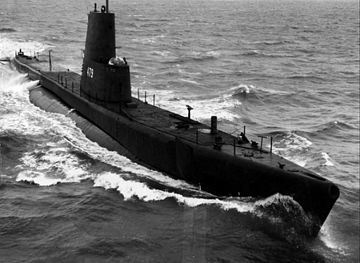
Following the pressure from the Pakistani government, on 14th November 1971, PNS Ghazi, fully loaded with mines and other warheads sailed out of the harbour in Karachi on a reconnaissance patrol with a primary objective to locate and destroy INS Vikrant and lay mines around Indian ports.
The Indian navy intercepted this plan through a message signal from PNS Ghazi to the Pakistani Navy HQ asking if a special kind of oil was available at the Pakistani Navy repair dock in Chittagong, Bangladesh. The oil was used only in particular submarines. Also, minesweepers and the Daphne class submarines did not have the range to operate in the Bay of Bengal, hence it was assumed that PNS Ghazi was up for something. The obvious target was INS Vikrant.
Quickly identifying the threat, the Eastern Naval Command shifted INS Vikrant to a secret location in the Andaman Islands, code-named ‘Port X-Ray’ on 13th November 1971.
Laying a trap for the uninvited guest, INS Rajput, a soon to be decommissioned destroyer was deployed to pretend to be INS Vikrant. It was to sail out of the Visakhapatnam port and generate heavy wireless traffic and make the enemy believe that the ship was INS Vikrant.
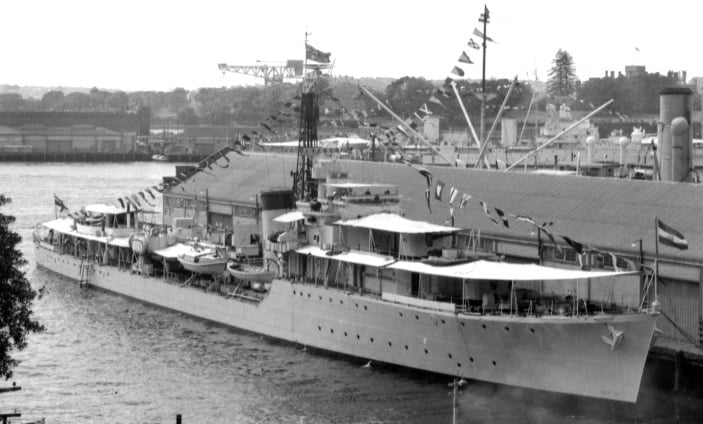
Once INS Rajput had completed refuelling, it left the harbour with all navigational aids switched off.
Meanwhile, PNS Ghazi continued to lay mines around Visakhapatnam on the night of 3rd December. Finally gasping for oxygen and energy, the submarine surfaced.
On the same night, PNS Ghazi saw a destroyer approaching her at high speed and went into a steep dive to get away from the destroyer’s sonar range.
The sonar radar on board the INS Rajput reported the disturbance underwater and released two depth charges. The subsequent explosion was twofold – one from the depth charge and the other from the mines and torpedoes on board the PNS Ghazi.
The charges struck the submarine that was already in a steep dive causing Ghazi to hit seabed hard when it bottomed. The fire spread to the compartment carrying mines and torpedoes and boom, Ghazi was sunk!
During this conflict, PNS Ghazi also fired torpedoes at Indian submarine INS Karanj (S21), which was on a classified mission. Though sounds of explosions were recorded by submarine war logs, the Karanj hadn’t sunk. Neither did it get hit.
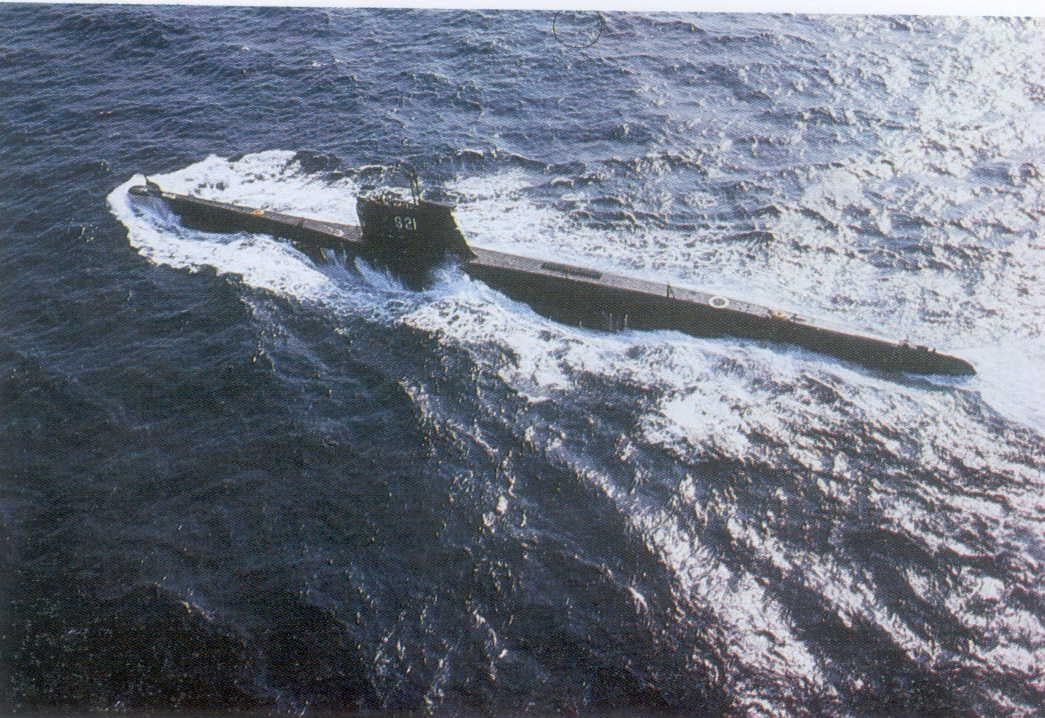
The film, The Ghazi Attack features the story of men aboard S21 who managed to survive underwater for 18 days.
And just like PNS Ghazi, this story of Indian Navy’s courage and valour never surfaced in the pages of history.

